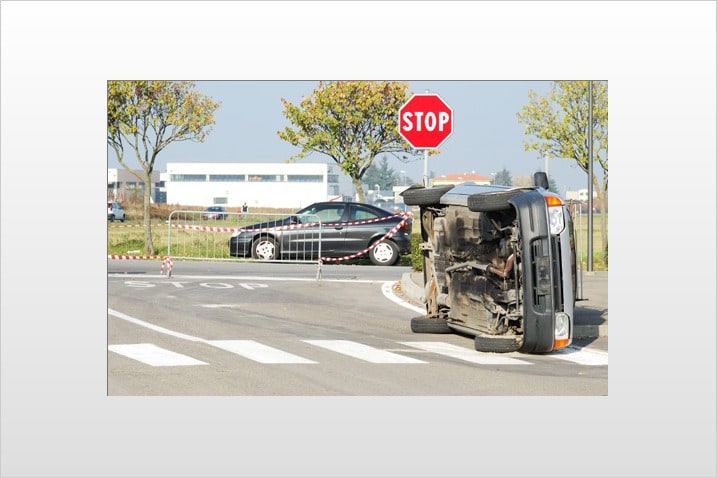The Problem With Left Turns
The most extensive and recent research on traffic intersections has shown that senior drivers flirt with many sources of danger near, at or within intersections. One of them is a higher tendency to run into cars in front of them. But by far, the inability to safely execute an unprotected left-hand turn — one without a left-turn signal — is their stiffest challenge.
To be sure, left turns are dangerous for everyone. So at thousands of major intersections across the country, they're protected by a green arrow. Some places try other approaches. In Michigan, for example, the locally infamous "Michigan left-hand turn" requires a driver who wants to turn left to first make a right turn, then make a legal U-turn in the median strip.
Unprotected left turns present one of the most hazardous scenarios in routine traffic. "It's a relatively complicated situation for any driver, because you're processing multiple sources of information and having to make multiple decisions, such as judging the speed of the oncoming vehicle or vehicles, how quickly you can react and so on," said Anne McCartt, senior vice president for research at the Insurance Institute for Highway Safety (IIHS).
But because of the specific challenges older drivers face and the particularly complex dynamics of traffic movements through an intersection, elderly drivers are especially bad at navigating unprotected left turns. Each advancing year of age after 65 increases by 8 percent the odds of getting into a crash that involves turning left, according to a 2002 study by University of Kentucky researchers.
"Older drivers aren't speeders or DUI," said Elinor Ginzler, director for livable communities for the AARP. "But they have more problems with left-hand turns. And the way that most left-hand turns are designed, it accentuates the problematic ability of the older driver to do that."
Failure to yield the right of way to other vehicles led to more than half of the intersection crashes for which drivers 80 or older were responsible, according to a newly released IIHS study of Connecticut intersection crashes in 2003 and '04. This compared with about one-third of the intersection crashes even for 70-to-79-year-olds and about a quarter of those involving 35-to-54-year-olds.
Stop signs are more of a culprit than traffic signals. Fifty-nine percent of failure-to-yield crashes occurred at stop signs in the Connecticut study, and 50 percent of those crashes occurred while motorists were turning left — for all age groups.
The physiological and mental ravages of aging appear to be largely responsible for older motorists' exaggerated problems at intersections. Vision deterioration impairs elderly drivers' ability to see other vehicles that may be relevant to them in all directions, even behind them. Cognitive challenges mean they often can't make decisions fast enough, especially about whether and when to make a left turn ahead of vehicles that may be approaching from the right. And declining physical dexterity impedes their ability to execute decisions.
"Often they can't judge the time until there would be contact with an approaching vehicle, and their decision about what a safe gap is means that seniors delay longer and longer before entering traffic and feel more and more anxiety until they do," said Richard Backs, a psychology professor and expert on driving vision at Central Michigan University. "But it doesn't make them safer because at some point they still have to execute the turn."

